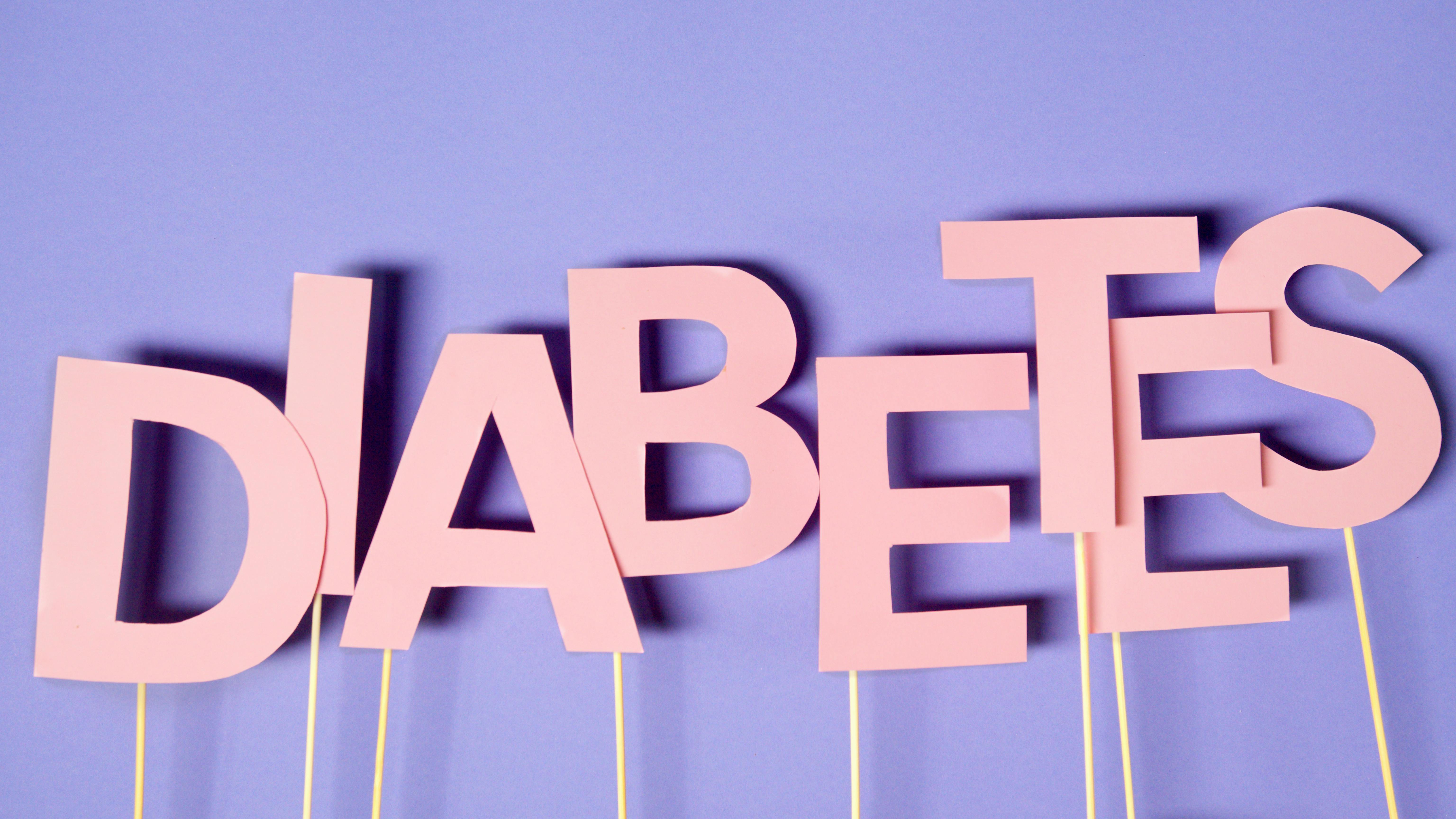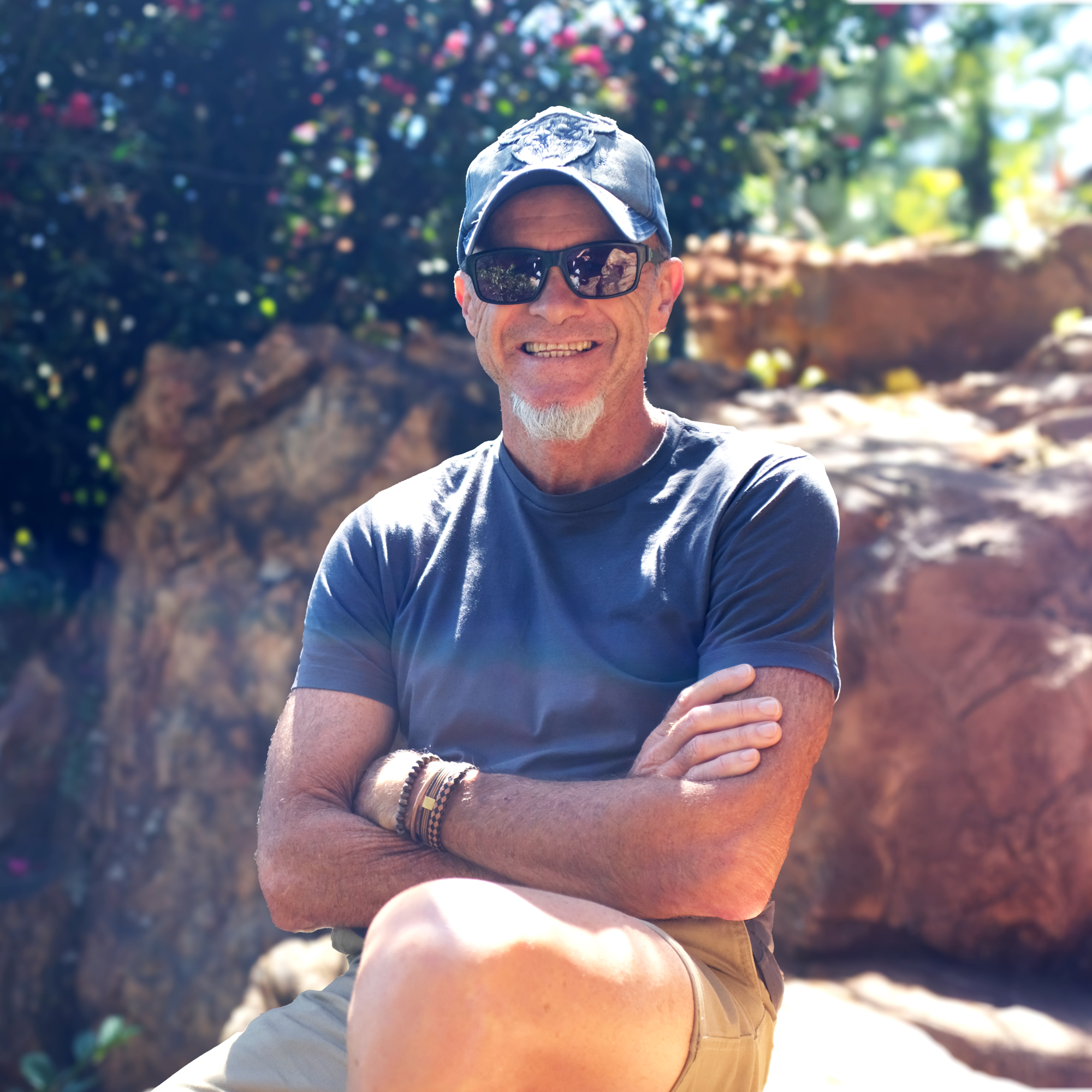
How Hypoglycemia Was Invented
How Hypoglycemia Was Invented: The Forgotten History of Insulin, Carbs, and Medical Convenience
Most people today think hypoglycemia—low blood sugar—is a natural medical condition that has always existed. A biological quirk. A metabolic flaw. Something built into human physiology.
But here’s the twist history never taught you:
Hypoglycemia didn’t meaningfully exist as a medical diagnosis until insulin was discovered.
In fact, the earliest doctors didn’t call it “hypoglycemia” at all.
They called it what it actually was:
👉 Insulin overdose
👉 Insulin shock
Why?
Because the only time people experienced severe low blood sugar was when insulin was accidentally given in too high a dose.
There was no epidemic of spontaneous hypoglycemia before insulin therapy.
It emerged as a side effect of treatment—not a naturally occurring disease.
And this is where the story gets even more revealing.
The Early Years: When Hypoglycemia Was Recognized as a Drug-Induced Problem
When insulin therapy began in the early 1920s, doctors quickly noticed a pattern:
Too much insulin → blood sugar crashed
Blood sugar crashed → confusion, weakness, coma
The fix → carbohydrate intake
This became the classic cycle:
High insulin → low blood sugar → feed carbs → give more insulin → repeat
But back then, physicians understood the problem clearly.
They called it:
🔹 Insulin shock
🔹 Insulin overdose
There was no illusion that hypoglycemia was a mysterious metabolic disorder.
It was a pharmaceutical complication.
The Convenience Factor: High Insulin + High Carbs Became the Norm
By 1924–1925, something troubling began happening in the medical community.
Many physicians—especially those treating children—realized that it was easier to manage diabetes if they simply:
Gave very high doses of insulin, and
Fed patients large amounts of carbohydrates to prevent insulin shock
Why?
Because balancing small doses of insulin with low carbohydrate intake required skill, patience, and individual attention.
The high-insulin/high-carb model was:
✔️ Simpler
✔️ Faster
✔️ Easier for doctors
Even if it wasn’t better for the patient.
It turned diabetes management into a crude, predictable game:
“Give more carbs. Then give more insulin to cover the carbs.”
And that approach is still the dominant model today.
The Voice of Reason: Dr. Elliott Joslin
While many doctors embraced the insulin-carb escalator, one man pushed back hard:
Dr. Elliott Joslin, the most influential diabetes expert of the era.
Joslin insisted the safest, most sustainable method was:
Low insulin
Low carbohydrates
Low calories
Tight dietary control
He argued that the more insulin you give, the more dangerous the patient’s situation becomes—because the risk of hypoglycemia rises dramatically.
In other words:
⚠️ Insulin isn’t the fix. Insulin is the risk.
⚠️ Carbs aren’t the solution. They’re the trigger.
Joslin was advocating for metabolic stability, not a roller-coaster.
But his method required careful monitoring, disciplined nutrition, and patient adherence.
The high-insulin/high-carb approach required… far less.
And we all know which strategy the medical system prefers when resources are stretched.
A Problem We Manufactured
So here’s the uncomfortable truth:
**Hypoglycemia became common because insulin dosage became excessive.
Not because humans developed a new condition.**
And to this day, the standard treatment for people on high carbohydrate diets is:
Give insulin
Eat carbs
Give more insulin
Eat more carbs
Repeat
Hope nothing goes wrong
This system created—and still perpetuates—a dangerous cycle that didn’t exist in pre-insulin history.
The Lesson: Sometimes the “Modern” Method Isn't the Smart One
Elliott Joslin’s early insight mirrors today’s low-carb, ketogenic, and metabolic-health approaches:
Lower carbs
Lower insulin
Lower blood sugar swings
Lower risk
Lower complications
It’s almost painfully simple.
But simple isn’t always profitable, and simple isn’t always easy for a system addicted to shortcuts.
The Takeaway
The history of hypoglycemia is not the history of a disease.
It’s the history of a side effect — created by medical practice, not human biology.
And the lesson is as relevant today as it was in 1925:
🔹 Keep insulin low
🔹 Keep carbohydrates low
🔹 Keep metabolic stress low
Because when you reduce the trigger, you eliminate the problem.
Just like Joslin warned nearly a century ago.
Sometimes the most advanced medicine… is simply returning to what works.
